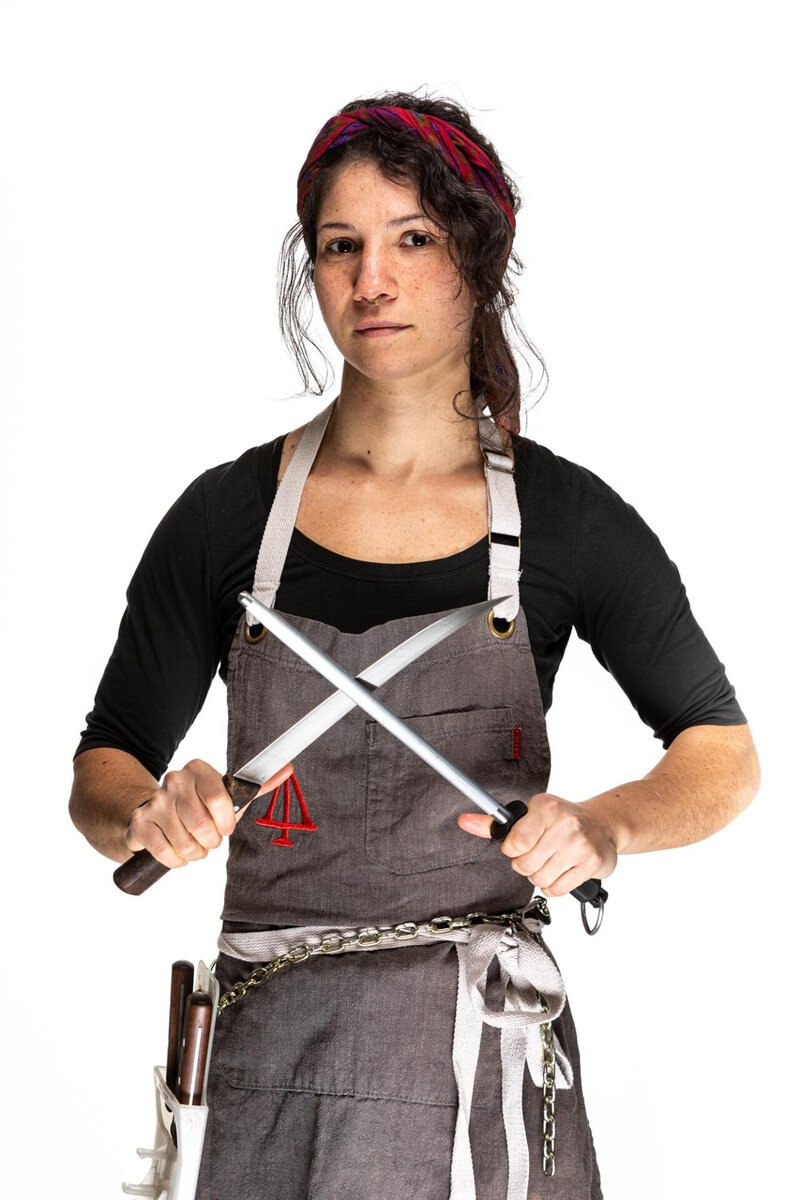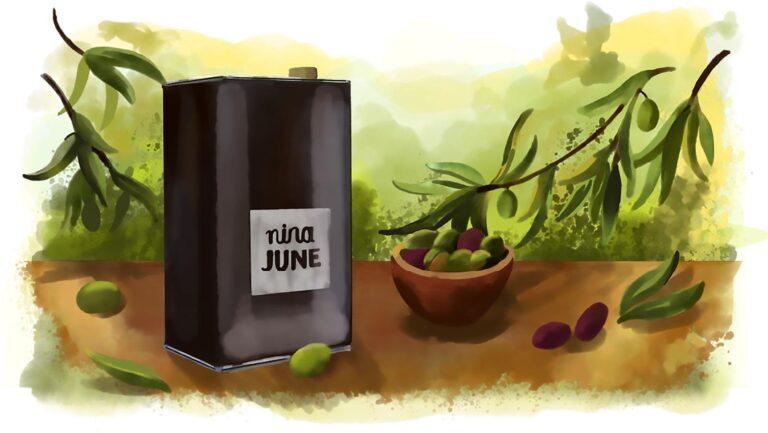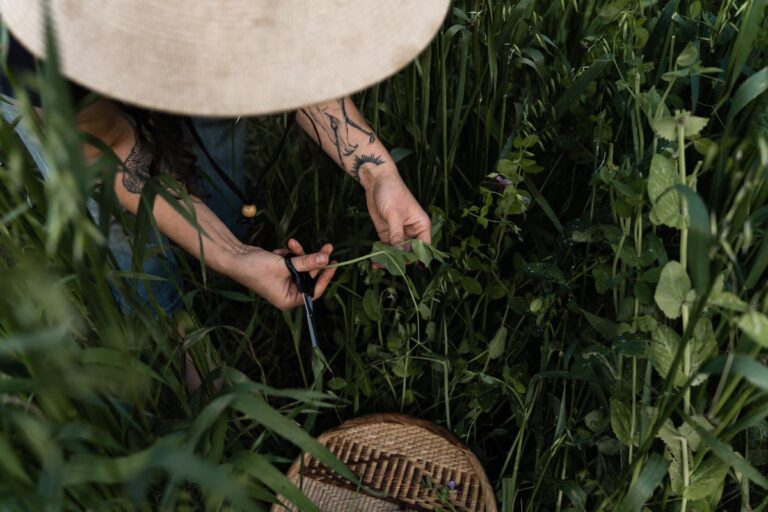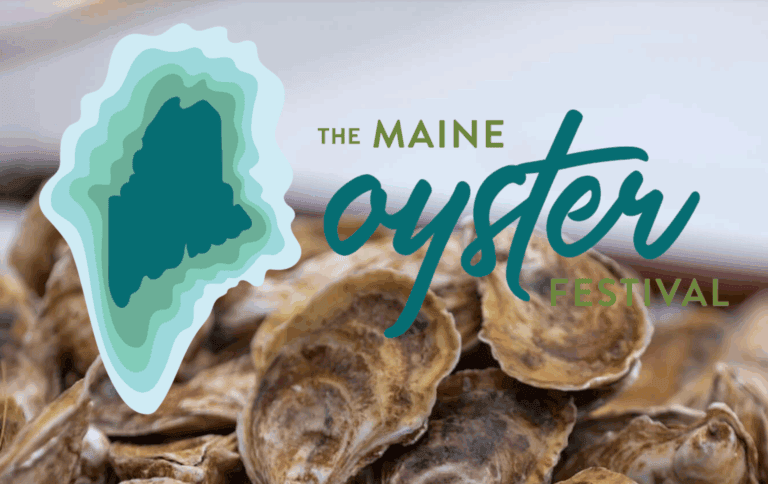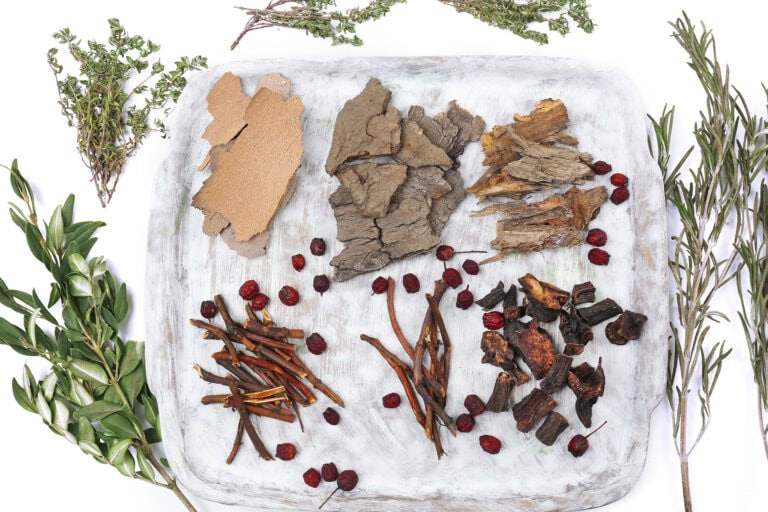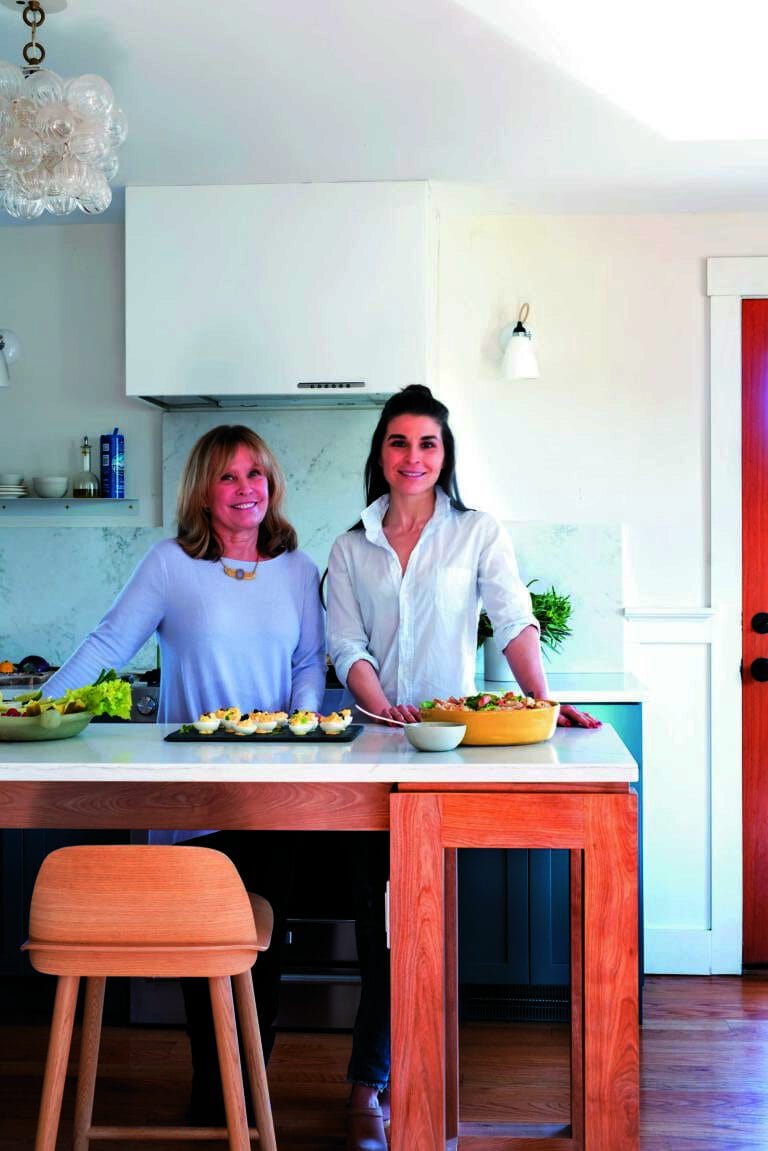Anna Hymanson didn’t have a childhood dream of becoming a whole-animal butcher. She studied nutrition and public health in college. Early in her career she was employed by nonprofit organizations working to build thriving communities grounded in equitable food systems. She noticed, though, a gap in her understanding of the food system in that she didn’t know how humanely and sustainably raised meat could intersect with healthy humans and healthy food systems. Becoming a whole-animal butcher seemed a good way to gain a hands-on education on the matter.
Hymanson recently chatted with edible MAINE editor-in-chief Christine Burns Rudalevige about her journey from butchery apprentice at Bleeker and Greer in Rockport to managing the butcher shop, local foods market, and new charcuterie bar called The Rooting Pig at Broad Arrow Farm in Bristol. Hymanson explains how her understanding of live animals influences how she approaches them when they land on her cutting board. She divulges her absolute favorite breakfast meat and gives directions on how to perfectly cook a coppa steak. The conversation has been edited for length and flow.
Have you ever dabbled in vegetarianism?
No, but you’d be surprised how many times I get asked that question when my male colleagues don’t. There may be some vegetarian butchers, but I do think being a meat eater is an important part of the job. You recommend different cuts to customers and explain how to cook them, so they are more accessible.
I eat more raw meat than most people, I think. Maybe an ounce a week. I take a thin slice from most animals that come into the shop, just to see what’s up with them. The meat tastes different depending on the grasses the animals ate or what the season is. Tasting it raw is part of my getting a better understanding of the whole process. So just knowing kind of what the product is.
What is your go-to breakfast meat?
I really love scrapple. I know that’s not a Maine thing, but I’ve spent some time in Philly. And it’s something, from a butcher’s point of view, that lets you use up all the scraps of the animal. Grind those up, mix in some cornmeal and spices, and fry the scrapple. It’s delicious.
Whole-animal butchery is like a logic puzzle. Every week, one or two pigs come back to the shop. We look at them and think: How are we going to utilize every part? Things like loins, chops, and Boston butts are easy sales, right? But then you have the shanks and the head and the whole ham, and they are a little trickier to sell. But we can change those harder-to-sell cuts into salami, sausage, scrapple, and meat terrines. They taste great, and they end up being super important economically for the whole shop.
Do you think Broad Arrow Farm customers understand the agricultural and economical implications of whole-animal butchery? Or is it more a sentiment of “Wow, look at the fat cap on that pork chop?”
Some folks are invested in the [concept that using the] whole animal means there is no waste. And others just think our meat is delicious. To me, it doesn’t matter what gets you in the door. We can lead with sustainability, or we can lead with deliciousness. It doesn’t change the work we do. The goal is that hopefully those two things meet in the middle.
How did you land on a butchery career?
In college, I was interested in food justice. I studied public health and looked at those issues through a food systems lens. How can we expect people to be healthy and to take care of themselves if they’re not eating well? While doing food policy work after graduation, I felt what was missing from my lexicon [was] what a sustainable meat industry could look like. I got an apprenticeship at Bleeker and Greer to test those waters.I fell in love with butchering and dropped everything to pursue it.
What does a butcher apprenticeship look like?
After a couple of months at Bleeker and Greer, I ended up at a high-volume butcher shop in Philadelphia. I worked in a cut room. The temperature is set to 36 degrees, so you dressed like you were going skiing. I started with grinding hundreds of pounds of meat and went on to grinding hundreds of pounds of sausage. Then I learned how to debone hams. The good thing about a high-volume butchery is that I could screw one ham up, and there was 12 more right behind it. So I could practice getting it right. It helped develop the muscle memory that you need as a butcher.
Learning to work with meat is like learning a new language. You learn a couple phrases and then you learn how to put together a sentence. So I learned to debone a ham and then I had to [understand] how it connects to the loin. Eventually, I learned exactly where all the muscles are and how to break the animal down along the seams.
And when you understand the seams, you’re a good whole-animal butcher?
Once you really understand the animal’s muscles and seams, then you can really start to play around with it. You get thoughts like “I’ve done it this way, a million times. What happens if I do it this way?” From there you get a whole other lesson in how the grain structure, texture, and flavor can change.
What animals are raised at Broad Arrow Farm?
Right now, we’re just raising pigs and some chickens, and then we do turkeys for Thanksgiving. And then we buy beef and lamb from other farms that have the same farming practices we do. They’re all folks who use regenerative methods. We have personal relationships with them, so we can stand behind the products we sell. Our pigs are mixed breeds because our current boar is a large black and our sows are a couple of breeds, including Berkshires, and Mangalitsa right now is a large black.
As a butcher, do you have some say in the breeds raised on the farm?
At Broad Arrow we work in tandem, closely together. We butchers can go out into the pastures and look at the pigs and touch them and play with them and pat them and [see] what their muscles look like, knowing that we’re going to see that pig in a couple of weeks from a different vantage point. We give feedback to the farmers about how the fat on one pig was exceptional or there was too much fat on another.
What is the life of a pig raised on Broad Arrow Farm like?
We’re a regenerative farm first and foremost, so our agricultural practices are good. Good for the land. Good for the livestock. Good for people. The goal is to leave the land better than it was when we started. We’re a farrow-to-finish program. Our pigs are born on the property and spend their whole lives in the forests and pastures on it. The only time they leave the property is one bad day in their lives when we send them to Bisson’s in Topsham to be humanely slaughtered. They come back split into two halves.
What is your favorite cut of pork?
My desert island cut is the coppa steak, which comes from the top of the Boston butt. It’s at that nice intersection on the animal where hard-working muscles start to meet the more relaxed muscles. So hard-working muscles have more flavor, then the more relaxed muscles are more tender. The coppa is just super well marbled because there’s a few different muscles conjoined together with some fat in between.
How do you cook a coppa steak?
I season it with salt and pepper and start cooking it on medium heat in cast iron to let the fat render out. And then once the fat is rendered, I blast the heat and give it a super hard sear while basting in its own fat.
How do you feel about alternative meats?
When I first started my career as a butcher, I was also bartending at a strict vegan restaurant. You weren’t allowed to bring in your own meat products to snack on, and I would be running between jobs with animal blood on my pants. We had some kind of vegan carrot-bacon situation on the menu, definitely. But if you think about it, people love pork bacon for the salt, fat, and umami, right? So anything that gives you that savory combination, that salivating situation, is going to be just fine. But I’ll pretty much always go for the pork option.
